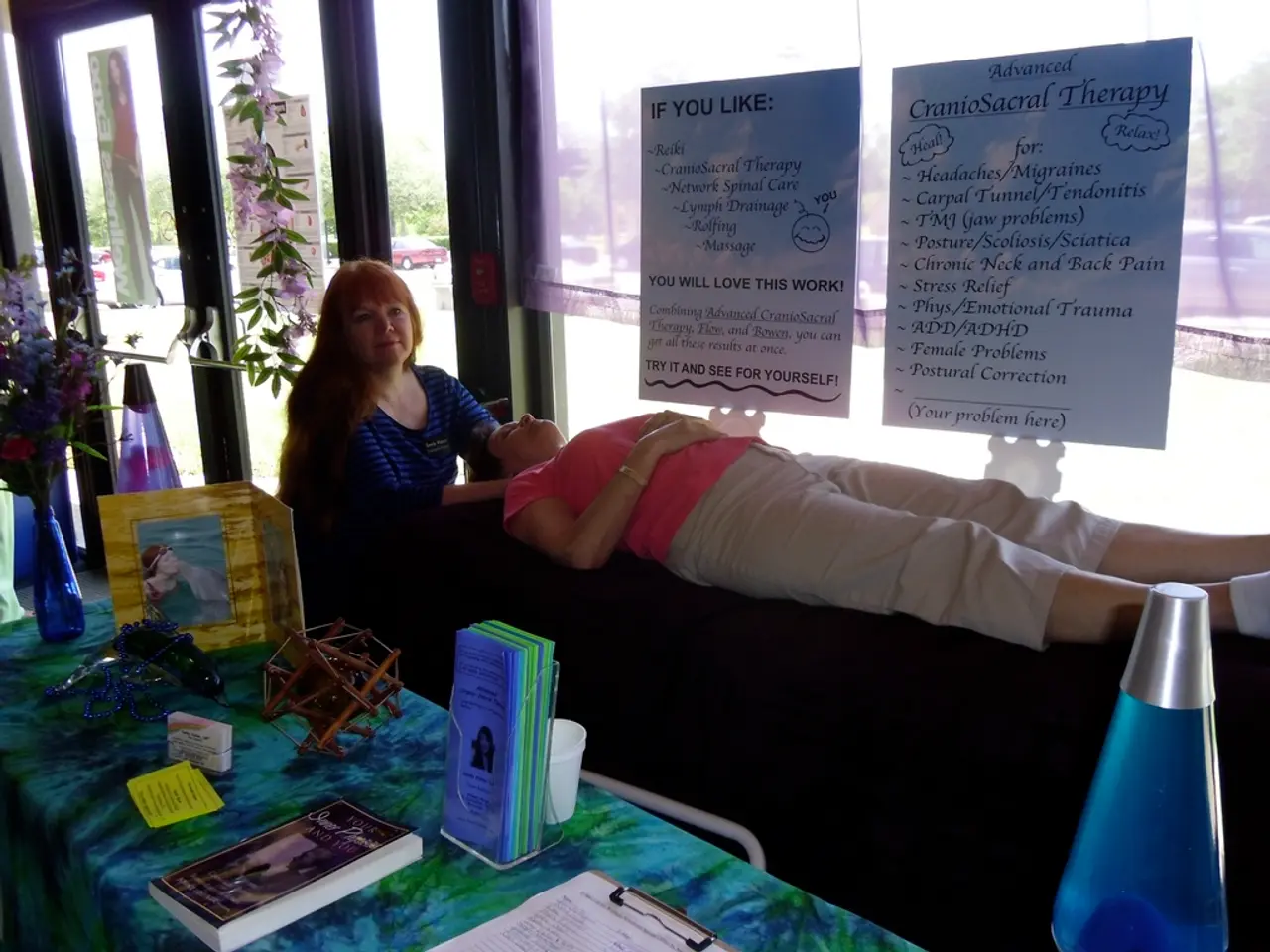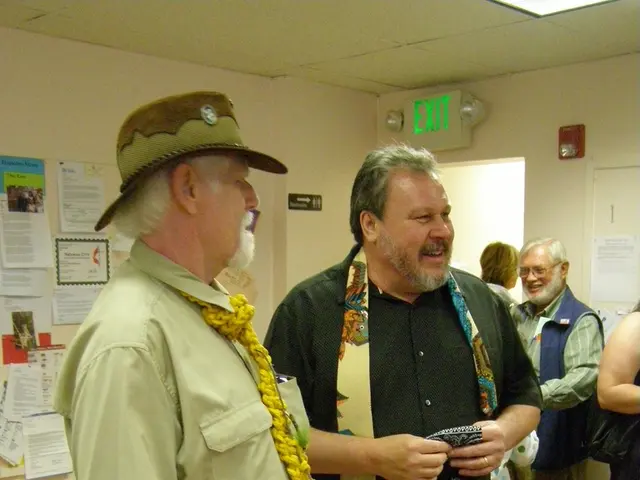The evolution of depression across the past 75 years
Over the past 75 years, the understanding and treatment of depression have undergone significant transformations. Initially, treatments heavily relied on psychoanalysis, with limited pharmacological options.
In the mid-20th century, the introduction of antidepressant medications like tricyclics and later Selective Serotonin Reuptake Inhibitors (SSRIs) in the late 20th century marked a turning point, providing pharmacological options that targeted biological mechanisms of depression.
Recent years have seen the emergence of new neuromodulation therapies, transforming treatment paradigms. Electroconvulsive Therapy (ECT), a treatment over 100 years old, remains effective, especially for treatment-resistant depression, but requires general anesthesia and extended treatment courses. Innovations such as Stanford Accelerated Intermittent Neuromodulation Therapy (SAINT) condense treatment from six weeks to five days using personalized functional MRI-guided targets, yielding notably higher remission rates (up to 79%) even in treatment-resistant cases[1].
Alongside medical advances, psychological treatments have also diversified. Existential group therapy, especially developed for older adults with psychological distress, focuses on addressing life and death realities, aging acceptance, and meaning-making to reduce experiential avoidance and improve quality of life[2].
Research on ECT efficacy in elderly patients shows higher response rates compared to younger adults, with cognitive functions often improving concomitantly, suggesting neurocognitive benefits alongside mood improvement in geriatric depression[3].
Developments in pharmacotherapy also include newer agents like Esketamine nasal spray, approved by the FDA in 2019, representing a novel fast-acting option for treatment-resistant depression, broadening the therapeutic toolkit beyond traditional antidepressants[5].
Psychological counselling and different forms of psychotherapy are known as effective and noninvasive forms of depression treatment. Research on psychotherapy, such as the study by Wiswede et al. (2014), tracks functional brain changes in patients with depression under psychodynamic psychotherapy using individualized stimuli[4].
The Diagnostic and Statistical Manual (DSM), used by clinicians to diagnose psychiatric diseases, was first published in 1952, with subsequent editions in 1980, 2000, and 2013[6]. The DSM-II was published in 1968, and the DSM-5 version is currently being used by clinicians to diagnose patients.
Neurotransmitter precursors, such as 5-Hydroxytryptophan, have also been explored as potential treatments for depression. Studies like Javelle et al. (2020) have conducted systematic reviews and meta-analyses on the effects of 5-hydroxytryptophan on distinct types of depression[7].
The role of exercise in the treatment of depression has also been extensively researched. Ross et al. (2023) discuss the biological underpinnings and clinical outcomes of exercise as a treatment for depression[8]. Additionally, studies like Linde et al. (2015) have conducted systematic reviews and meta-analyses on the effectiveness of psychological treatments for depressive disorders in primary care[9].
In summary, the evolution over the past 75 years reflects a shift from traditional psychoanalytic and pharmacologic treatments to more personalized, rapid, and technologically guided therapies combined with tailored psychotherapeutic approaches, significantly enhancing remission rates and patient quality of life.
References: [1] Wiswede, Taubner, Buchheim, Münte, Stasch, Cierpka, Kächele, Roth, Erhard, and Kessler (2014) [2] Torres (2020) [3] Cooney, Dwan, Greig, Lawlor, Rimer, Waugh, McMurdo, and Mead (2013) [4] Hollon and Dimidjian (2009) [5] Cuijpers, Sijbrandij, Koole, Andersson, Beekman, and Reynolds (2014) [6] Schimelpfening (2023) [7] Javelle, Lampit, Bloch, Häussermann, Johnson, and Zimmer (2020) [8] Ross, VanDerwerker, Saladin, and Gregory (2023) [9] Linde, Sigterman, Kriston, Rücker, Jamil, Meissner, and Schneider (2015)
In the realm of science and health-and-wellness, recent years have witnessed the emergence of innovative neuromodulation therapies, targeting depression through techniques like Stanford Accelerated Intermittent Neuromodulation Therapy (SAINT), which significantly improves remission rates for mental-health conditions such as treatment-resistant depression. Simultaneously, the psychological-health domain has seen a diversification in treatment methods, with existential group therapy offering older adults a means to confront life and death realities, ultimately enhancing quality of life.




